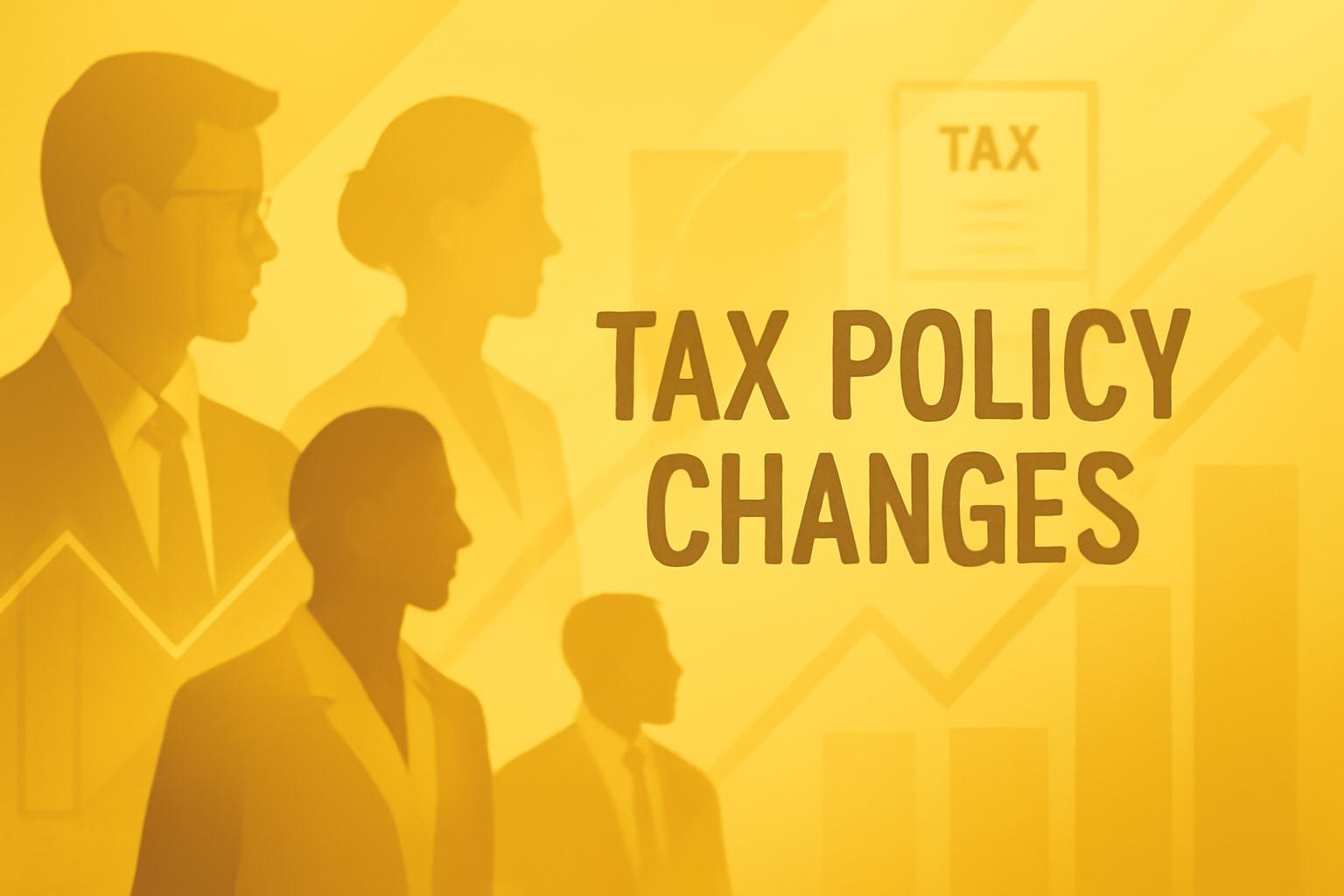IRS Announces Higher Capital Gains Tax Brackets for 2026
The Internal Revenue Service (IRS) has released updated tax bracket thresholds for 2026, including increased income limits for long-term capital gains tax rates. These changes reflect inflation adjustments and will impact how much tax individuals and couples pay on assets held for more than one year.
Details on Capital Gains Tax Rates and Income Thresholds
For the 2026 tax year, single filers will qualify for the 0% long-term capital gains rate if their taxable income does not exceed $49,450. Married couples filing jointly will be eligible for the 0% rate with taxable income up to $98,900. These thresholds represent an increase from prior years, helping to mitigate the impact of inflation on capital gains taxes.
Taxable income is calculated by subtracting the greater of the standard or itemized deductions from adjusted gross income. For 2026, the IRS has also raised the standard deduction amounts to $16,100 for single filers and $32,200 for married couples filing jointly.
Adjustments Across Multiple Tax Provisions
In addition to capital gains brackets, the IRS announced increases in various other tax provisions for 2026. These include federal income tax brackets, the estate and gift tax exemption limits, and eligibility criteria for the earned income tax credit, among others.
These updates are part of the IRS’s regular inflation adjustments to tax code parameters, ensuring thresholds keep pace with rising costs and incomes.
Context: IRS Workforce Furlough Amid Government Shutdown
The timing of the IRS announcement comes shortly after the agency disclosed plans to furlough nearly half of its workforce due to the ongoing federal government shutdown. This development raises concerns about the IRS’s capacity to efficiently implement and manage tax collection and enforcement activities in 2026.
FinOracleAI — Market View
The IRS’s inflation-driven adjustments to capital gains tax brackets and related tax provisions for 2026 offer relief to taxpayers by increasing income thresholds before higher rates apply. This reduces the tax burden on long-term investments amid rising prices.
- Opportunities: Higher thresholds encourage investment retention and reduce capital gains tax liabilities for many taxpayers.
- Risks: IRS operational challenges due to workforce furloughs could delay processing and enforcement, potentially impacting tax compliance.
- Estate and gift tax exemption increases may influence estate planning strategies.
- Broader inflation adjustments help maintain taxpayer purchasing power.
Impact: Overall, the tax bracket increases are positive for taxpayers, providing inflation protection. However, the IRS furlough introduces uncertainty in tax administration efficiency.













